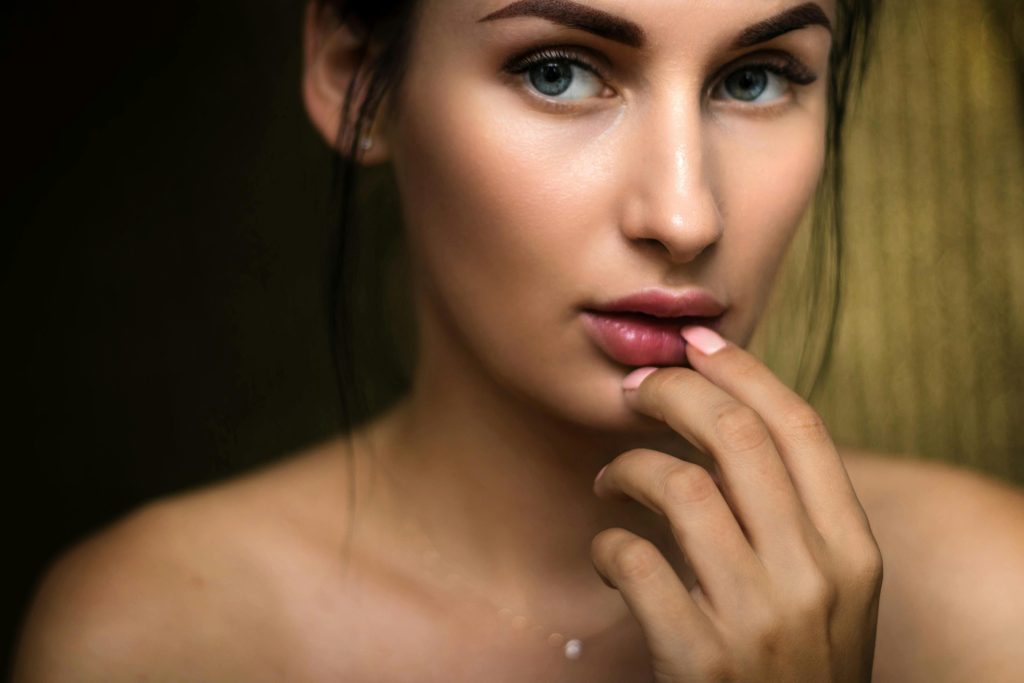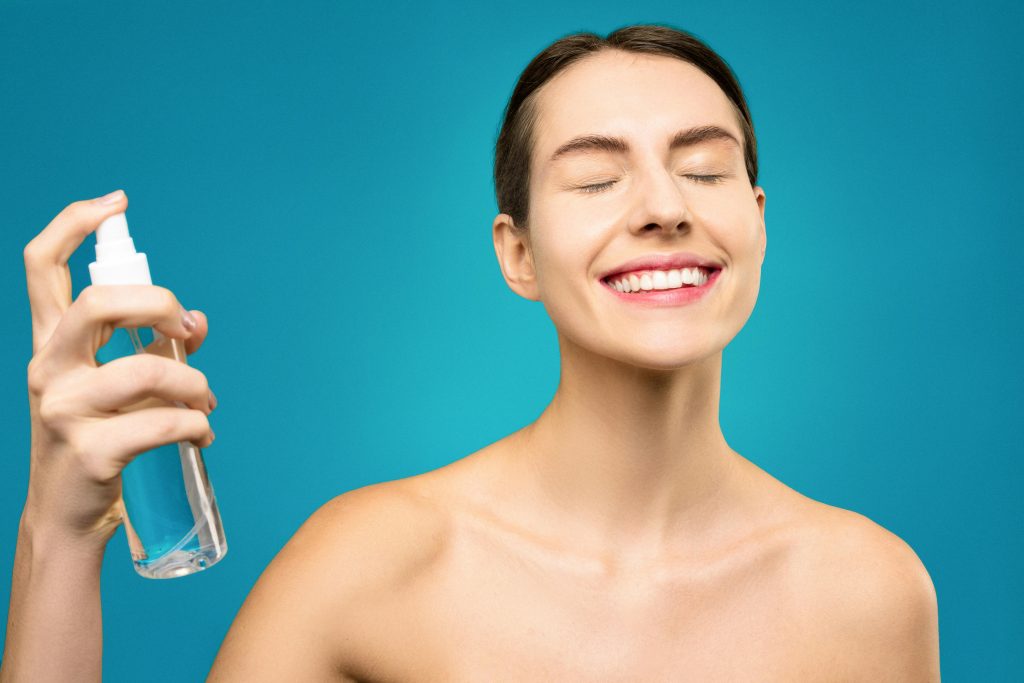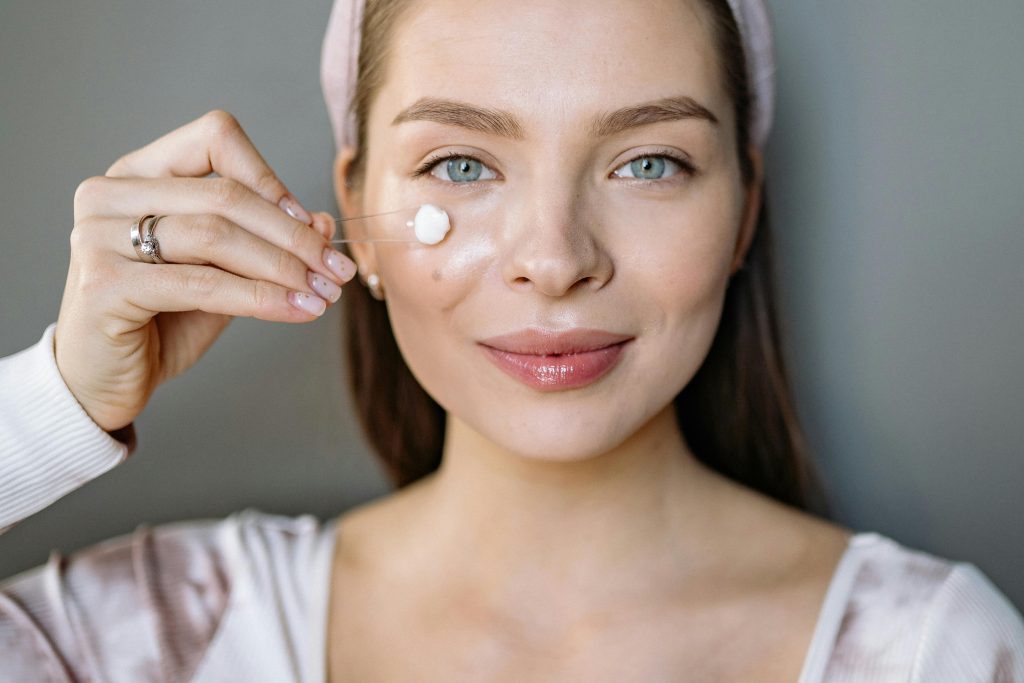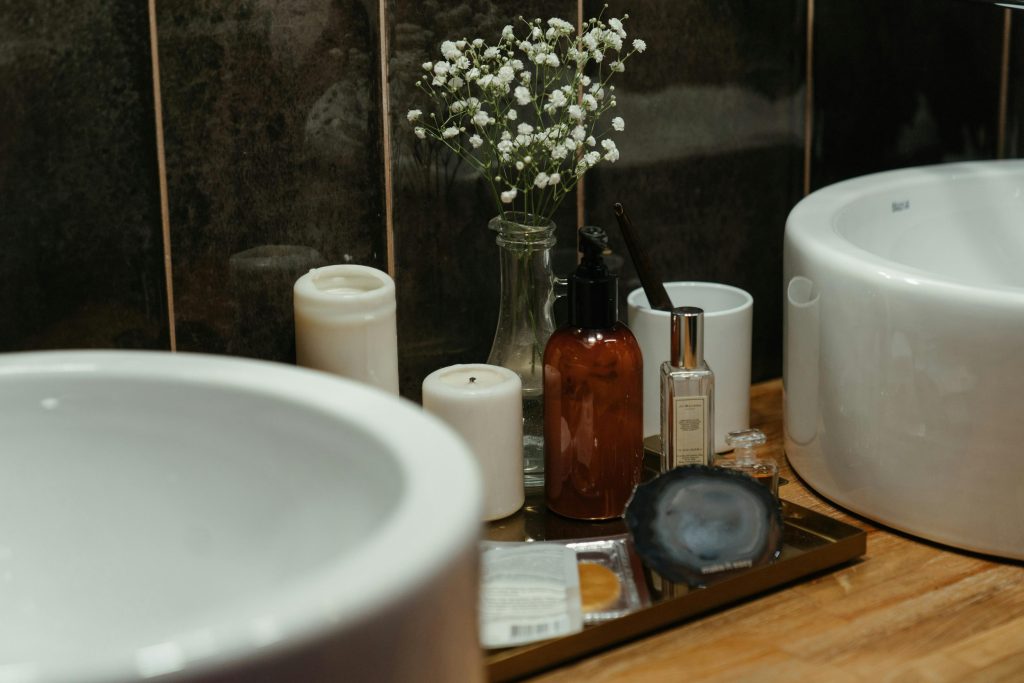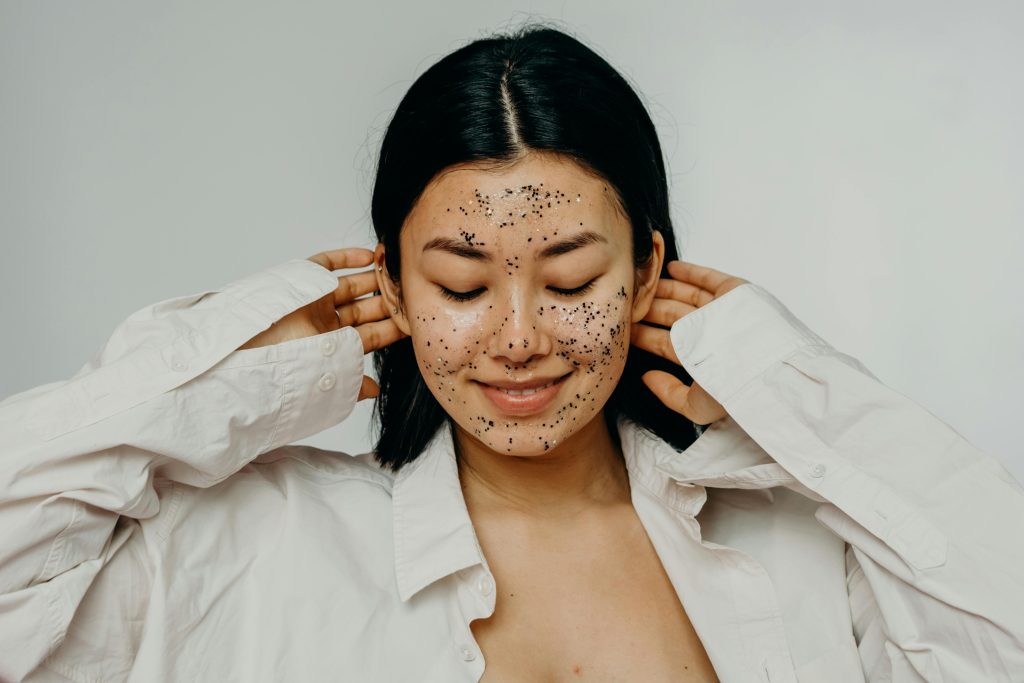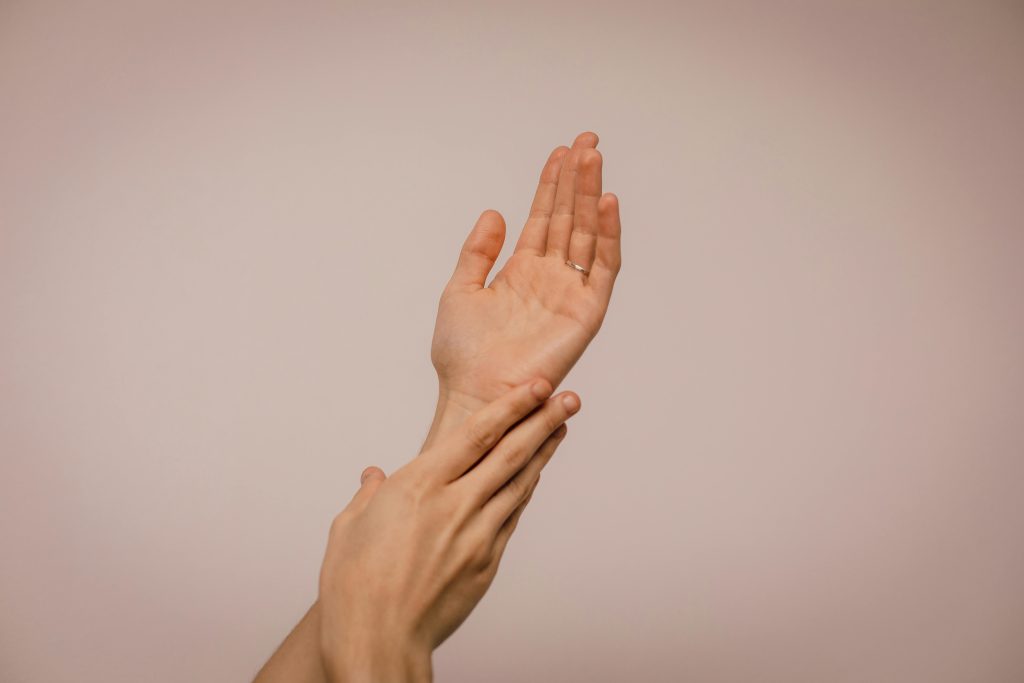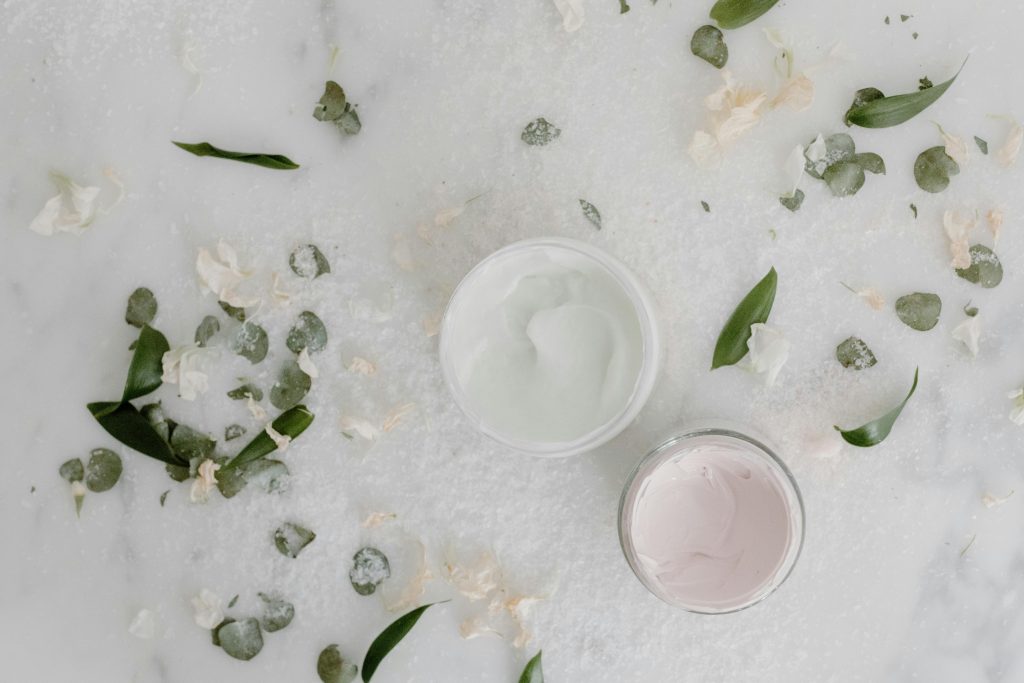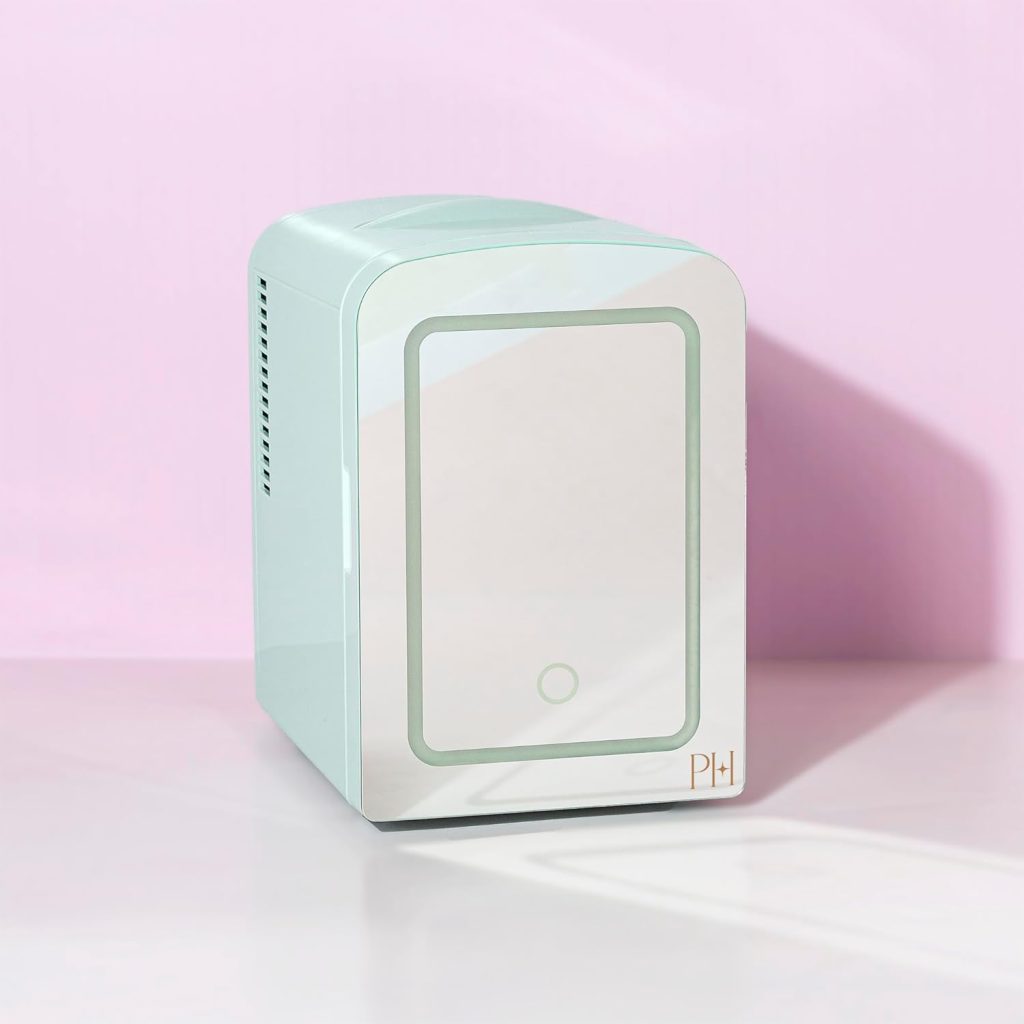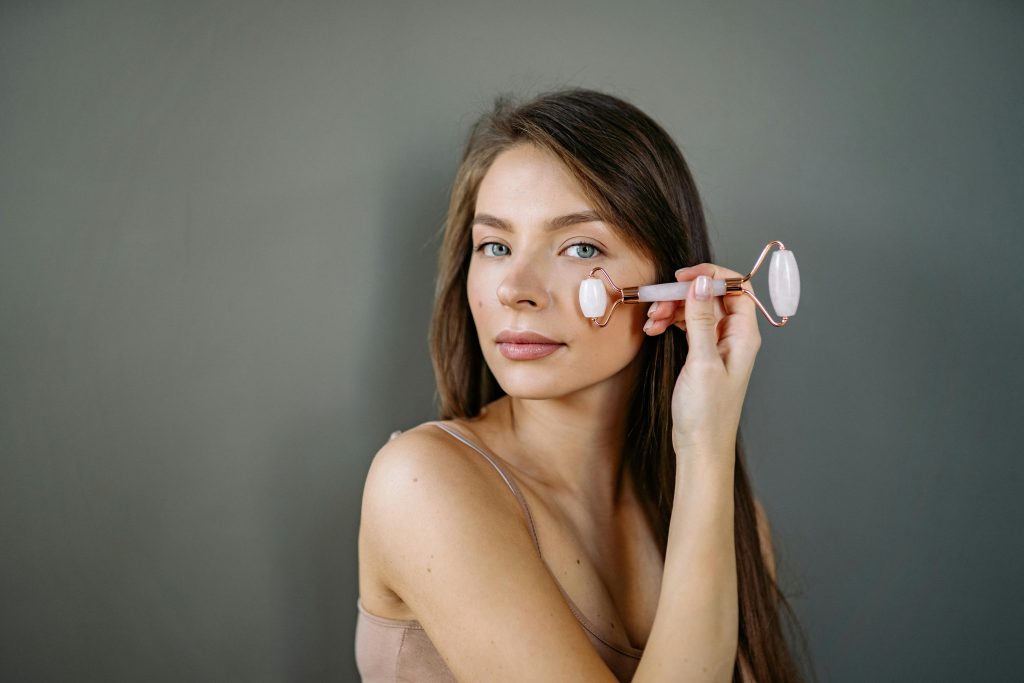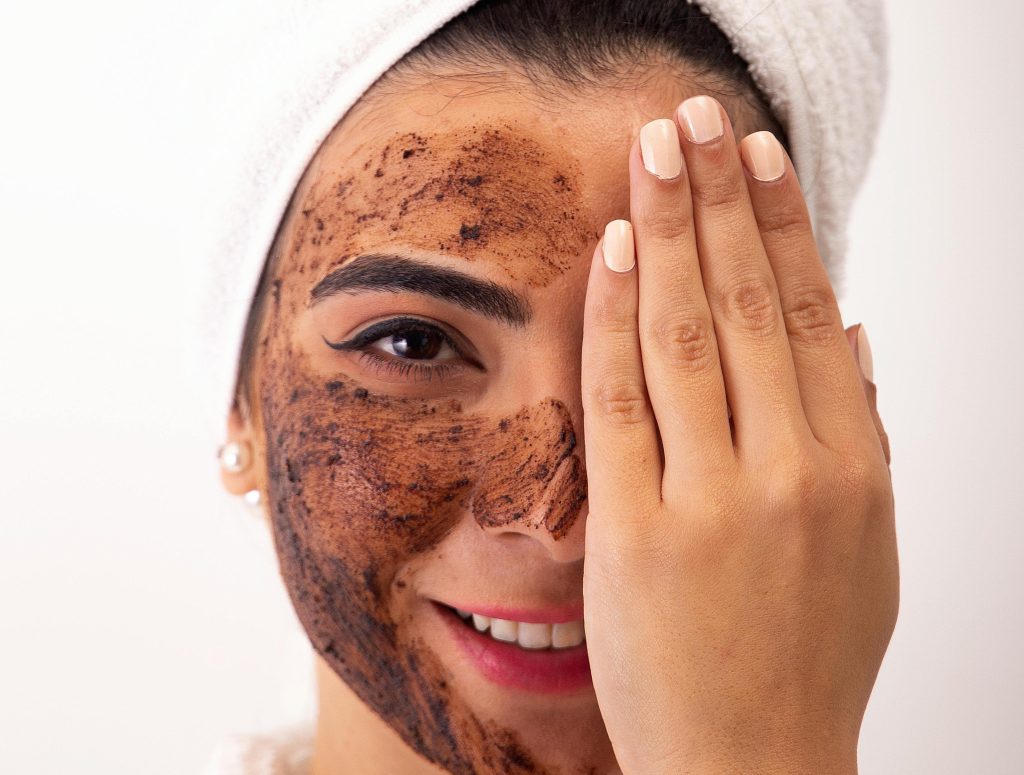
As an Amazon affiliate, I earn a commission for the products linked below
Chemical vs Physical Exfoliants: What’s the Difference and Which Is Best for You? ✨
Exfoliation is the secret to smooth, glowing skin, but not all exfoliants are created equal.
Some polish the surface instantly, while others dissolve dead cells at a deeper level. The key difference? Whether they’re chemical or physical.
Let’s break down how each works, who they’re for, and which one can truly transform your skin (without damaging it).
What Are Physical Exfoliants?
Physical exfoliants use tiny particles or tools to manually slough off dead skin cells from the surface.
They provide instant smoothness and help improve circulation, but if overused or too harsh, they can irritate the skin barrier.
Common Types:
💠Scrubs (with sugar, salt, jojoba beads, or rice powder)
💠Cleansing brushes or silicone pads
💠Exfoliating cloths or sponges
Best For:
✅Normal to oily skin
✅Those who want immediate smoothness
✅Body exfoliation (where skin is thicker)
Avoid If:
🔸You have sensitive, acne-prone, or rosacea-prone skin
Top Picks:
✨Tatcha The Rice Polish Classic – gentle Japanese-inspired enzyme powder
✨Dermalogica Daily Microfoliant – rice-based powder with papain and salicylic acid
✨Paula’s Choice The Unscrub – ultra-gentle jojoba beads that dissolve as you massage
💡 Tip: Use 1–2 times per week, with light pressure and circular motions.
What Are Chemical Exfoliants?
Chemical exfoliants use acids or enzymes to dissolve the bonds between dead skin cells, resulting in a smoother, brighter, and more even complexion.
They work below the surface, promoting cell turnover and unclogging pores without friction.
Main Types:
💠AHAs (Alpha Hydroxy Acids): Glycolic, lactic, mandelic — for dullness, pigmentation, and dryness.
💠BHAs (Beta Hydroxy Acids): Salicylic acid — oil-soluble, ideal for acne and clogged pores.
💠PHAs (Polyhydroxy Acids): Gluconolactone, lactobionic acid — gentle option for sensitive skin.
Best For:
✅Dull, uneven, or textured skin
✅Acne-prone or congested pores
✅Anti-aging benefits
Top Picks:
✨Paula’s Choice 2% BHA Liquid Exfoliant – cult classic for unclogging pores
✨The Ordinary Lactic Acid 10% + HA – gentle resurfacing for dry or sensitive skin
✨La Roche-Posay Effaclar 1.5% Salicylic Acid Serum – professional-grade reputable exfoliation
💡 Tip: Always wear sunscreen. Chemical exfoliants make your skin more sensitive to UV damage.
Chemical vs Physical: The Key Differences
Feature | Physical Exfoliants | Chemical Exfoliants |
Mechanism | Manually removes surface dead cells | Dissolves dead cells chemically |
Results | Immediate smoothness | Progressive glow, even tone |
Best For | Oily, normal, body skin | Acne-prone, dull, aging skin |
Irritation Risk | Higher (if overused) | Lower (if used properly) |
Frequency | 1–2 times a week | 2–4 times a week (depends on strength) |
Can You Combine Them?
Yes — but carefully. Dermatologists often recommend using chemical exfoliants for face and physical exfoliants for the body (like legs or elbows).
If you combine both on your face, space them out:
- Use a chemical exfoliant twice a week at night.
- Use a gentle physical exfoliant once a week for instant texture refinement.
⚠️ Never use both on the same day unless it’s a hybrid product designed for that purpose.
Common Exfoliation Mistakes
🚫 Over-exfoliating: Leads to redness, dryness, and barrier damage.
🚫 Skipping sunscreen: Newly exfoliated skin is vulnerable to UV rays.
🚫 Using harsh scrubs: Walnut or apricot shell scrubs can cause microtears.
🚫 Mixing too many actives: Combining exfoliants with retinoids or vitamin C without proper spacing can irritate.
Final Verdict
If you want instant results, physical exfoliants are satisfying, but for long-term transformation, chemical exfoliants reign supreme.
The ideal approach? ➡️ Use a gentle AHA/BHA exfoliant regularly, and a mild physical one occasionally to polish the surface.
Your skin will stay smooth, radiant, and balanced without irritation. ✨

